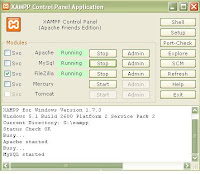Using the 'Disqus Plugin for Joomla' by JoomlaWorks. It's a free plugin that allows visitors to comment in articles and/or menu items using the popular Disqus Comment System.
- Step-01: Go to Disqus.com and sign up for a free account.
- Step-02: Go to JoomlaWorks.gr and download the Disqus for Joomla plugin.
- Step-03: Now login to your admin panel. Go to Extensions >> Install / Uninstall and upload the file.
- Step-04: In the admin panel, go to Extensions >> Plugin Manager >> Disqus Comment System for Joomla! (by JoomlaWorks), and add your Disqus subdomain name to the Plugin Paramters (this will be the name you added to the 'short name' field when you set up your Disqus account), assign the categories/menu items you would like to allow comments in, and enable the plugin.
- Step-05: Start adding comments to your site!












